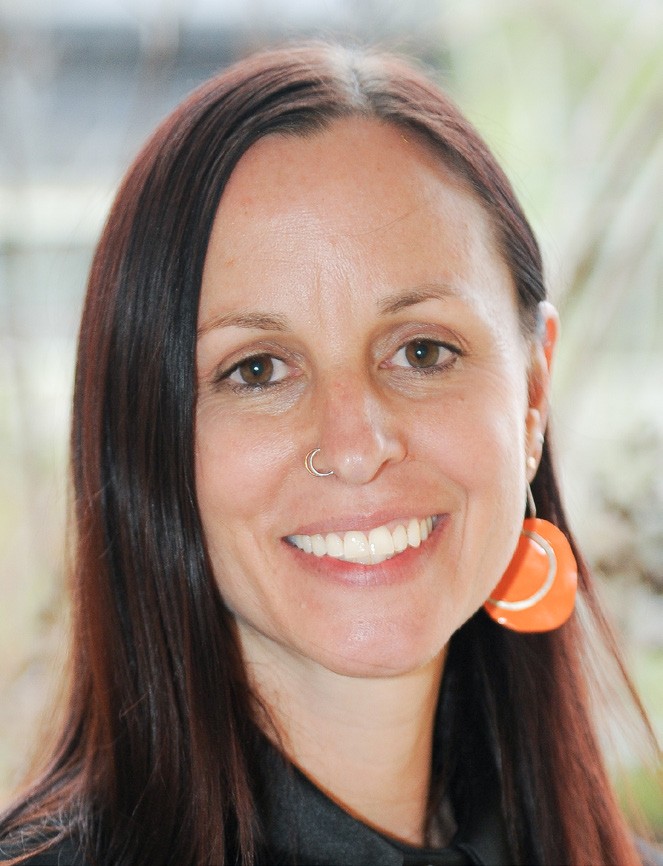mioptometrists
Practical Work Today
to Prepare for Tomorrow
WRITER Skye Cappuccio
Optometry Australia (OA) has a responsibility to its members to build demand (to match community need) and build opportunity. Skye Cappuccio explores the options.
Last year we asked the optical industry to invest in a brand-agnostic awareness campaign focussed on increasing community understanding of childhood myopia and ensuring children and families access regular eye care. The success of that campaign is reported in detail on page 12 of this issue but suffice to say it is working to drive community awareness and demand for eye health services.
Earlier this year, we asked members to become early adopters of our Advanced Practice Recognition in Glaucoma Management Program, which was developed and successfully piloted in association with experienced members. This inaugural event was oversubscribed. Given the strong demand, we are committed to continuing and expanding this initiative.
These activities aren’t unconnected. They are part of the practical work we are doing to support members prepare today and benefit tomorrow.
At the heart of OA’s vision is a workforce that feels fulfilled, valued, and supported in delivering care. Our goal is to ensure optometrists have opportunities to practise at their full clinical potential and evolve to changing community needs. By driving initiatives that grow demand for eye care services, we’re working to ensure the profession remains both professionally rewarding and essential in delivering quality, accessible primary eye care across Australia.
CRITICAL CHALLENGES
The reality is, as a profession, optometry is facing current workforce challenges, at the core of which is workforce oversupply. Workforce projections reveal a complex picture. There is an oversupply of optometrists in comparison to demand, yet the Australian population still has unmet eye care needs.
Oversupply and workforce conditions are intertwined. Findings of the recent Flinders University study into working conditions, which OA commissioned, reflect a reality we hear daily from members. Across the country, optometrists are delivering high-quality, evidence-based care, but many are doing so under increasing strain. Time for administrative tasks is scarce. Support for career development is lacking. Many worry about clinical autonomy under pressure from inappropriate key performance indicators.
Change is needed. Change that respects optometrists both as highly trained clinicians and valuable employees.
OA released its Position Statement on Workplace Conditions and has been calling for employers of optometrists to proactively uphold these standards. Encouragingly, we have seen a number of optometry organisations recognise the need for change, to the benefit of their teams.
The demand on our Optometry Adviser team continues to grow. We understand that this reflects both the pressures facing our profession and the value our members place on professional support from experienced peers. Many members will know their names and voices from times when they’ve needed guidance. Increasingly, these calls for support come at times of stress, often linked to HR or workplace challenges. In 2024–25, around 1,900 members accessed one-on-one professional guidance from our team, and about 450 received complimentary support from our HR legal advisers. We take great pride in walking beside our members and providing this essential support.
INCREASING DEMAND
Increasing demand for optometry services is a key part of addressing oversupply at its foundation. This is an underlying driver for the Advanced Practice Recognition programme, for the myopia awareness campaign, for our pursuit of changes to Medicare Benefit Schedule items, to better support care for childhood myopia, and for our focus on facilitating more collaborative care approaches.
Making best use of our skilled optometry workforce is also driving our advocacy for regulatory change to enable optometrists to practise to their full scope. We have been calling for the Optometry Board of Australia to enable therapeutically endorsed optometrists to prescribe oral medications over multiple years. We’ve commissioned and published economic analysis, which demonstrates the financial benefits. It’s well past time we updated regulations to reflect the training and expertise of Australian optometrists. It’s safe and essential for timely, accessible care.

“It’s well past time we updated regulations to reflect the training and expertise of Australian optometrists”
Many of the scope enhancements now standard practice for optometrists internationally would help Australian optometrists address unmet need for their communities. OA is actively exploring opportunities to support these advancements in Australia.
When we work today to build demand and opportunities, we have the profession’s future in our vision.
Skye Cappuccio is the Chief Executive Officer of Optometry Australia.